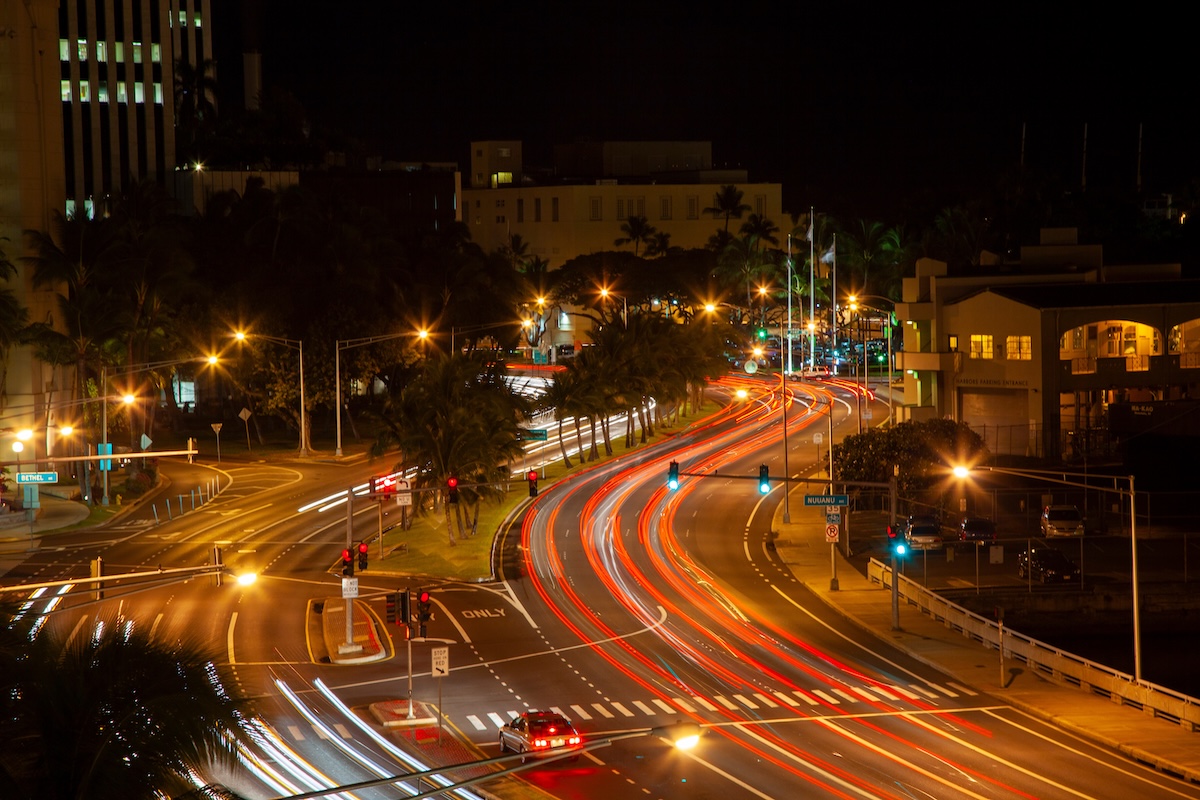Tackling light pollution is a growing priority for companies, municipalities, and environmental groups across the globe. As urban development and nighttime infrastructure expand, so does the volume of artificial light spilling into the night sky. This excess illumination—especially from poorly designed or overly bright outdoor lighting—has serious consequences: it washes out stars, disrupts ecosystems, affects human health, and wastes energy.
Thankfully, advances in outdoor LED lighting technology are giving companies powerful tools to combat the problem. By adopting smarter lighting strategies, businesses are not only improving energy efficiency and cutting costs but also playing a pivotal role in restoring the natural nighttime environment.
What Is Light Pollution?
Light pollution is defined as the excessive, misdirected, or obtrusive use of artificial light, particularly outdoors. It includes several subcategories:
-
Skyglow: The brightening of the night sky over populated areas
-
Glare: Intense light that causes visual discomfort
-
Light trespass: Unwanted light spilling onto adjacent properties or into homes
-
Clutter: Excessive groupings of bright lights in urban settings
Outdoor lights—such as street lamps, building floodlights, parking lot lights, and signage—are the primary contributors to this phenomenon.
How Companies Are Tackling Light Pollution with Modern LED Outdoor Lighting
1. Replacing Outdated HID Fixtures
Older High-Intensity Discharge (HID) lamps such as metal halide and high-pressure sodium lights were commonly used in outdoor settings for decades. These lights were inefficient and cast light in all directions—including upward—resulting in significant skyglow and wasted energy.
Today, companies are retrofitting those systems with directional LED fixtures, which allow for much more precise control over where light is aimed. Modern LED luminaires are designed to shine light downward only where it’s needed, significantly minimizing spillover and reducing glare.
Example:
In Tucson, Arizona—a city recognized for its dark-sky preservation efforts—municipal and commercial buildings are transitioning to full cutoff LED fixtures. These direct light downward and prevent it from leaking into the sky, helping preserve visibility for nearby observatories like Kitt Peak.
2. Using Warmer Color Temperatures
LEDs can be manufactured to emit light at various color temperatures, measured in Kelvins (K). Cooler (higher) temperatures such as 5000K–6500K emit bright white or blue-tinted light, which contributes more to skyglow and ecological disruption. Warmer temperatures around 2700K–3000K offer softer, amber-toned light that is less likely to scatter.
Many companies and municipalities now specify lower color temperature LEDs for outdoor use to reduce light pollution and its effects on:
-
Nocturnal wildlife and pollinators
-
Human circadian rhythms and sleep cycles
-
Astronomical observations
Example:
In Flagstaff, Arizona—the world’s first International Dark Sky City—regulations require outdoor lighting to have a color temperature no higher than 3000K. Local businesses must comply with these guidelines to reduce the impact on stargazing and the surrounding desert ecosystem.
3. Implementing Shielded and Full Cutoff Fixtures
A key strategy in tackling light pollution is the use of shielded or full-cutoff light fixtures. These designs prevent light from escaping above the horizontal plane, focusing illumination only on the target area.
New LED designs offer:
-
Optical lenses and reflectors for targeted light control
-
Adjustable beam spreads to reduce unnecessary spill
-
Glare control accessories, including visors and hoods
By using these tools, businesses can create safe, well-lit environments without contributing to skyglow.
4. Incorporating Smart Controls and Motion Sensors
Beyond fixture design, smart lighting controls allow companies to reduce unnecessary nighttime lighting by:
-
Dimming lights during off-peak hours
-
Using motion sensors to activate lights only when needed
-
Scheduling on/off times in line with operating hours or ambient light conditions
This not only minimizes light pollution but also lowers energy consumption and extends the life of the lighting system.
Example:
Retailers like Walmart and Home Depot have adopted smart lighting systems in their parking lots and exterior signage. Lights dim to lower levels when lots are empty, then brighten if motion is detected—offering safety and efficiency without over-lighting the area.
Environmental and Financial Benefits of Light Pollution Reduction
Reducing light pollution isn’t just about preserving the night sky. Businesses that adopt light pollution-conscious lighting strategies see real operational benefits:
-
Energy Savings: Directional, focused LED lights reduce wasted light and can cut energy use by 40% to 60% compared to legacy systems.
-
Lower Utility Costs: Targeted lighting means fewer fixtures and lower power bills.
-
Reduced Maintenance: LEDs last up to 50,000–100,000 hours, far outlasting HID lamps.
-
Compliance: Many jurisdictions now require dark-sky compliant lighting for permits or to receive tax incentives.
What’s Next in the Fight Against Light Pollution?
As awareness of light pollution grows, more companies are taking proactive steps to reduce their footprint. Efforts include:
-
Partnering with environmental groups like the International Dark-Sky Association (IDA)
-
Participating in “Lights Out” programs during bird migrations
-
Designing buildings with integrated low-impact lighting systems from the start
Newer innovations like laser-based lighting and OLED outdoor panels may also offer even more control over light direction and intensity in the future.
Final Thoughts on Tackling Light Pollution
Tackling light pollution is a shared responsibility between municipalities, businesses, and individuals. While outdoor lighting is necessary for safety, navigation, and commerce, it doesn’t have to come at the expense of the environment or the night sky.
LED technology, when implemented with thoughtful design and smart controls, provides a balanced solution—offering visibility, energy efficiency, and environmental protection. By asking the right questions and investing in responsible lighting, companies can lead the way in creating brighter, smarter, and more sustainable nightscapes.




